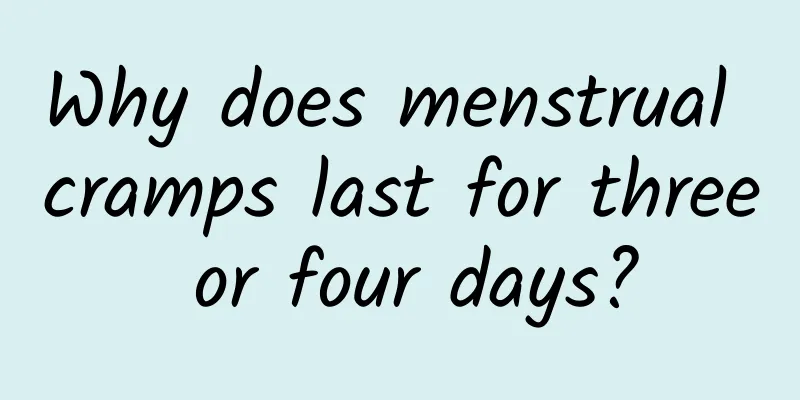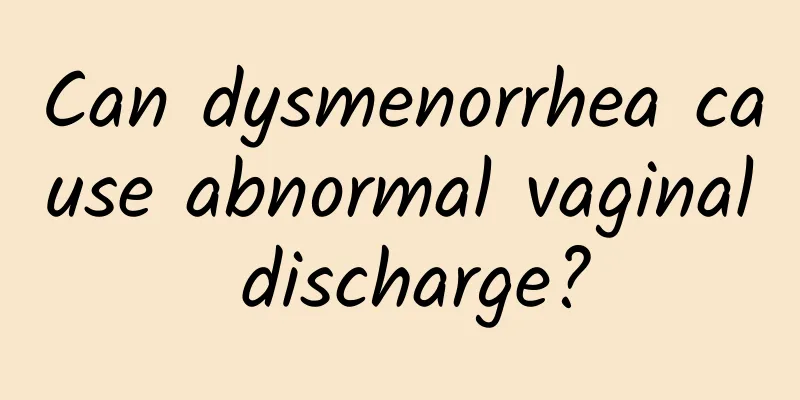Should I have surgery if my uterine fibroids are large but I have no symptoms?

|
Should I undergo surgery if my uterine fibroids are large but I have no symptoms? In the eyes of many people, uterine fibroids must be operated on. In fact, it depends on the actual situation whether surgery is necessary. If the uterine fibroids are still relatively small, surgery is not necessary at all, but if they reach a certain size, surgery is necessary. Uterine fibroids are large but have no symptoms, and many patients do not know whether surgery is necessary. 1. Treatment depends on the location of the uterine fibroids and whether it causes symptoms. If there are symptoms, even if it is small, the diameter should be as small as 1 cm; if there are no symptoms, it is as large as 5 cm and no treatment is required. Whether surgery is needed depends not only on the size, but also on the location, number and nature of the fibroid growth. A comprehensive analysis is needed to determine whether surgery is needed and which surgery is more suitable according to age and fertility requirements. 2. Generally speaking, asymptomatic uterine fibroids with a diameter greater than 3 cm have poor treatment effects. If they are close to menopause, they can be observed regularly for a period of time, but as long as they continue to grow, they should be treated surgically. Patients with fibroids larger than 3 cm should also undergo surgical treatment if they are more than 5 years away from menopause; patients with fibroids smaller than 3 cm should undergo surgical treatment. Observation, no drug treatment is required. During the observation process, if they grow too fast or have symptoms, surgical treatment should be considered. 3. If the uterine fibroids are no larger than 5 cm, they can be treated with drugs. Hormonal drugs can be used to control the growth and shrinkage of the tumor. If they are larger than 5 cm or multiple uterine fibroids require surgical treatment, they can also be removed for patients with severe bleeding if they do not have children in the future. 4. Uterine fibroids are a common reproductive system disease. The incidence of uterine fibroids in women is particularly high. It is often related to past miscarriage history and personal immune system. It is a common human tumor, also known as fibroids. It is a benign tumor as long as it is harmless to the body. |
<<: Is mild uterine prolapse serious?
>>: Can I wash clothes with hot water after an abortion?
Recommend
What are the right snacks to eat during the Spring Festival? Don’t be greedy for “New Year’s cookies”, nutritionists: 4 tips for eating healthily
As the world celebrates the Spring Festival, all ...
What are the common gynecological diseases? Women must master the gynecological health knowledge
For many middle-aged female friends, although the...
How often do cervical warts recur?
The higher the chance of recurrence of cervical w...
Can I take levofloxacin for candidal vaginitis?
Levofloxacin is not usually recommended for candi...
How to treat an enlarged cervix
How to treat cervical hypertrophy? Cervical hyper...
What are the symptoms of endometriosis?
What are the symptoms of endometriosis? Patients ...
Winter melon is high in fiber and low in calories. Can eating it properly help you lose weight? Traditional Chinese Medicine: First understand whether it is a damp-heat constitution
When it comes to winter melon, most people are fa...
Introducing the advantages of laparoscopic treatment of ectopic pregnancy
Do you know about laparoscopic treatment of ectop...
Choice of different treatment methods for threatened abortion
The name of threatened abortion sounds scary, but...
Weight loss star! Eating spinach thylakoids suppresses appetite
Many people have the impression that Popeye the S...
Lumbar pain, lower abdominal distension, no fluid accumulation, is it pelvic inflammatory disease?
Lumbar pain, lower abdominal distension, no fluid...
So strong! Study: Eating 2 handfuls of nuts a week can prevent heart disease, dementia
Heart disease is more common in winter, and reduc...
Can a hydatidiform mole be expelled on its own?
A hydatidiform mole cannot be expelled on its own...
What are the symptoms of benign uterine fibroids? How to treat benign uterine fibroids?
Benign uterine fibroids Many people may not know ...
How terrible is hyperprolactinemia during pregnancy?
Prolactin is a polypeptide hormone, also called p...









